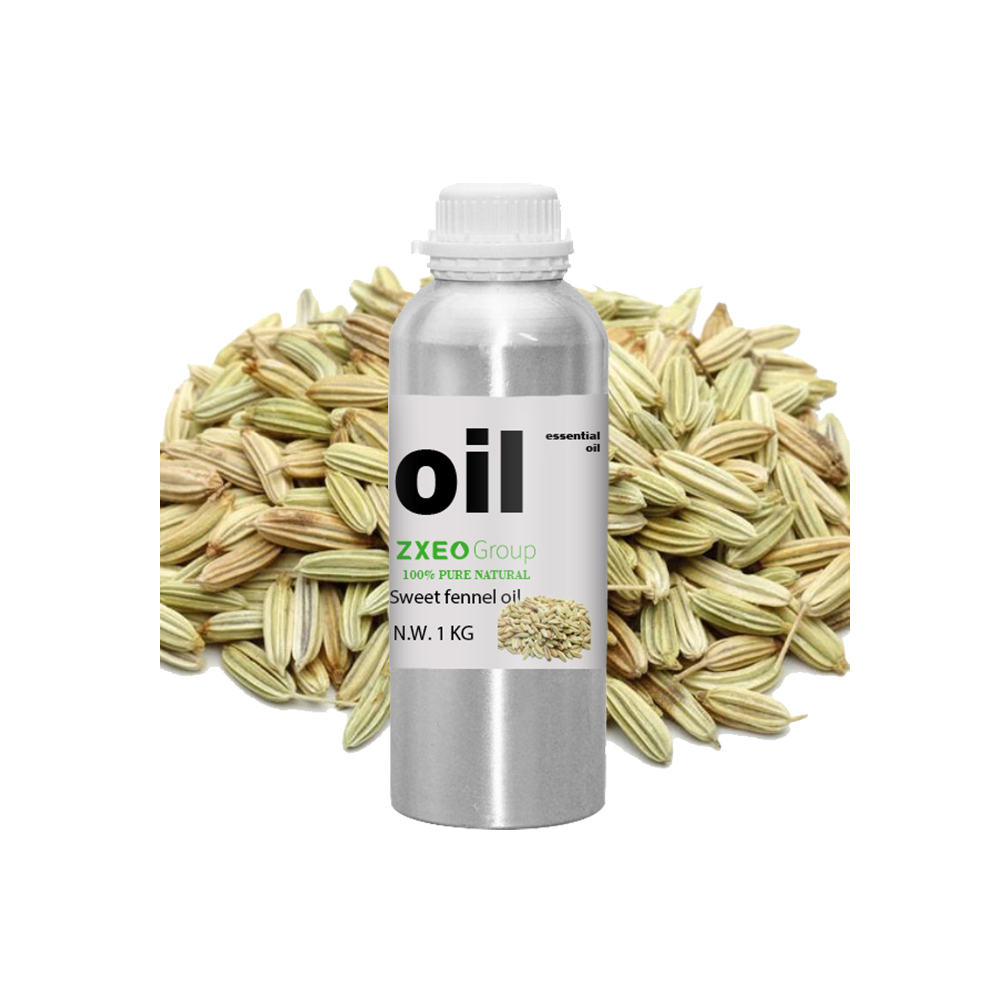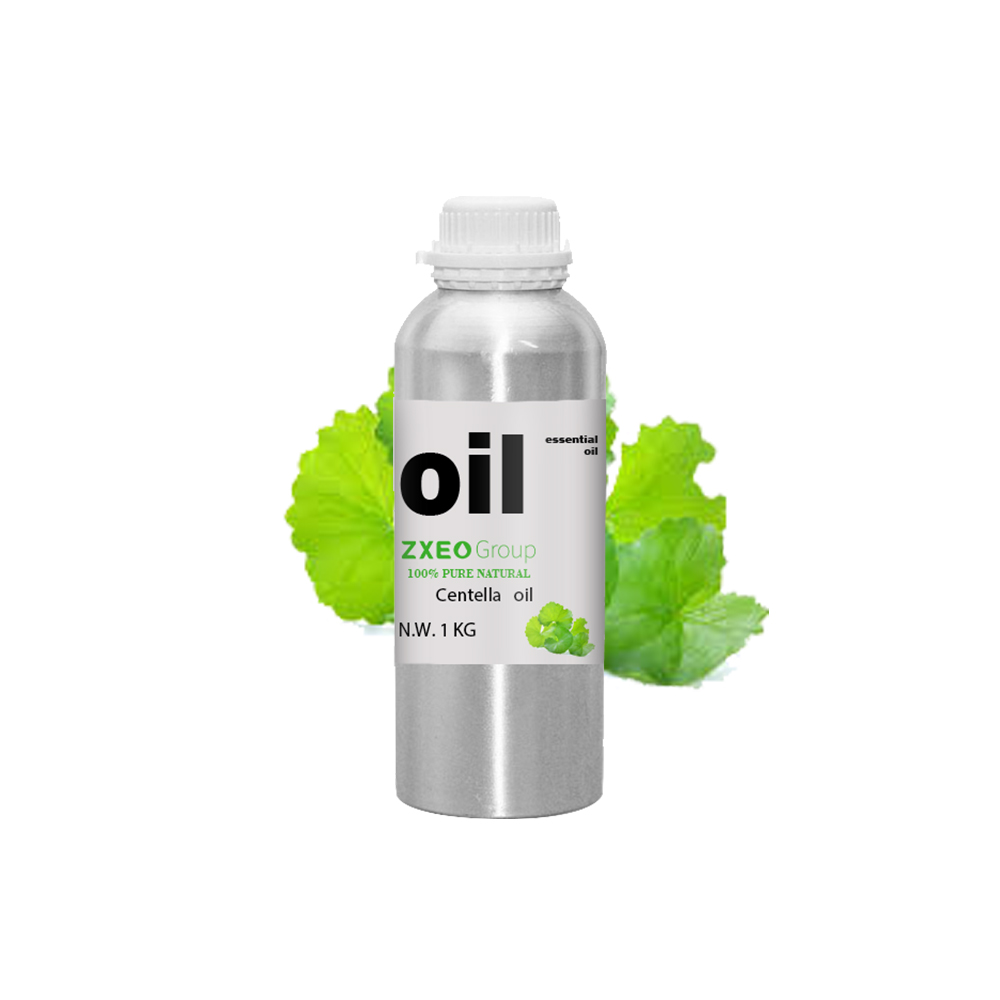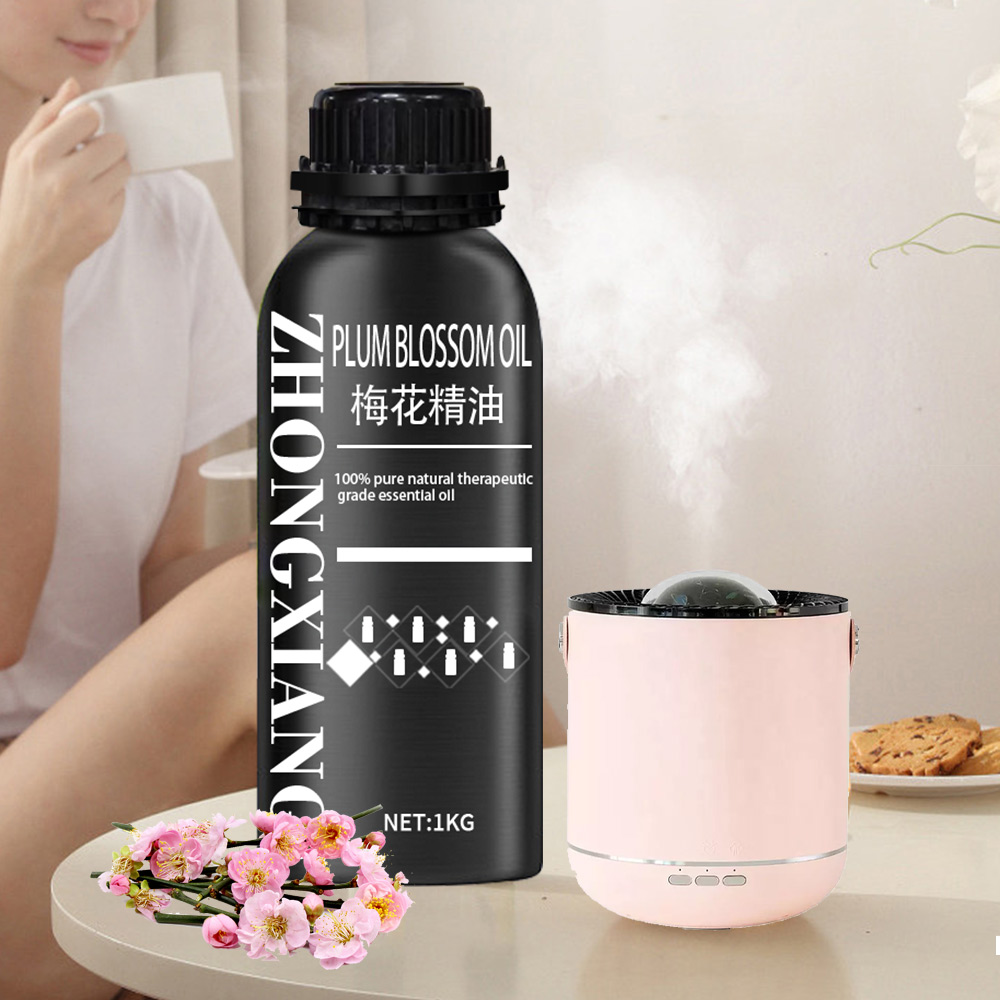Distillers Essential Oil Natural Menthol Camphor Mint Eucalyptus Lemon Peppermint Tea Tree Oil Borneol
- Camphor Essential Oil is derived from the Cinnamomum camphora botanical and is also referred to as True Camphor, Common Camphor, Gum Camphor, and Formosa Camphor.
- There are 4 grades of Camphor Essential Oil: White, Brown, Yellow, and Blue. Only the White variety is used for aromatic and medicinal purposes.
- Used in aromatherapy, Camphor Oil’s scent is known to offer relief to a congested respiratory system by clearing the lungs and addressing symptoms of bronchitis and pneumonia. It also boosts circulation, immunity, convalescence, and relaxation.
- Used topically, the cooling effects of Camphor Essential Oil soothe inflammation, redness, sores, insect bites, itching, irritation, rashes, acne, sprains, and muscular aches and pains. With anti-bacterial and anti-fungal properties, Camphor Oil is also known to help protect against contagious viruses.
- Used medicinally, Camphor Oil stimulates and boosts the circulation, digestion, excretion metabolism, and secretions. It reduces the intensity of physical pain, nervousness, anxiety, convulsions, and spasms. Its refreshing and relaxing scent is also known to stimulate and boost the libido.
HISTORY OF CAMPHOR OIL
Camphor Essential Oil is derived from the Cinnamomum camphora botanical and is also referred to as True Camphor, Common Camphor, Gum Camphor, and Formosa Camphor. Native to the forests of Japan and Taiwan, it is also known Japanese Camphor and Hon-Sho. Before the Camphor tree was introduced to Florida in the late 1800s, it had already begun to be vastly cultivated in China. When its benefits and applications grew in popularity, its cultivation eventually spread to more countries with tropical climates that are conducive to the growth of these trees, including Egypt, South Africa, India, and Sri Lanka. Early varieties of Camphor Oil were extracted from the woods and barks of Camphor trees that were fifty years of age or older; however, when producers eventually became aware of the benefits of preserving the environment by avoiding the cutting of trees, they also came to realize that the leaves were far better for extracting oils, as they had a quicker rate of regeneration.
For centuries, Camphor Essential Oil has been used by the Chinese and the Indians for both religious and medicinal purposes, as its vapors were believed to have healing effects on the mind and body. In China, the sturdy and fragrant wood of the Camphor tree was also used in the construction of ships and temples. When used in Ayurvedic treatments, it was an ingredient for medicine meant to address symptoms of colds, such as coughing, vomiting, and diarrhea. It was beneficial for addressing everything from skin ailments such as eczema, to problems associated with flatulence such as gastritis, to stress-related concerns such as low libido. Historically, Camphor was even used in medicine that was believed to treat speech impediments and psychological disorders. In 14th century Europe and in Persia, Camphor was used as a disinfectant ingredient in fumigations at the time of the plague as well as in embalming procedures.
Camphor Essential Oil is steam distilled from the branches, root stumps, and chipped wood of the Camphor Tree, then it is vacuum rectified. Next, it is filter pressed, during which process the 4 fractions of Camphor Oil – White, Yellow, Brown, and Blue – are produced.
White Camphor Oil is the only color grade that can be used in therapeutic applications, both aromatic and medicinal. This is because Brown Camphor and Yellow Camphor are both comprised of high levels of Safrole content, a constituent that has toxic effects when found in amounts as high as those present in these two varieties. Blue Camphor is also considered to be toxic.
The scent of Camphor Oil is considered to be clean, intense, and penetrating, making it ideal for getting rid of insects such as mosquitoes, hence the reason it has traditionally been used in mothballs to keep pests out of fabrics.

















